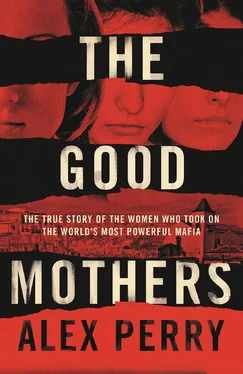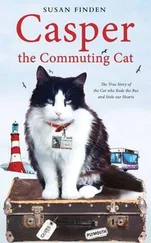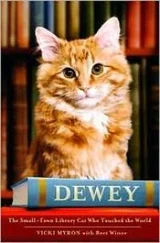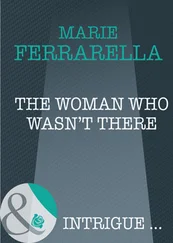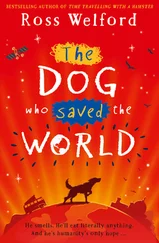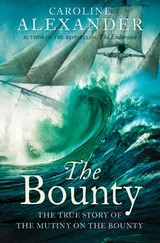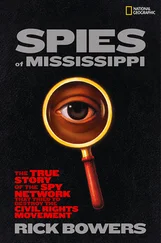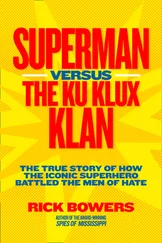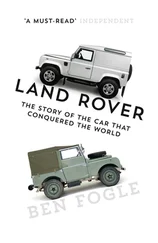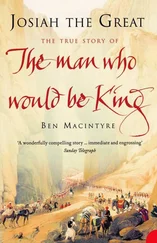Denise and Carlo kept driving around Milan until 1.30 a.m. Finally, Denise said there was nowhere else to look and they should file a report with the police. Carlo drove her to a carabinieri station. The officer told Denise she had to wait forty-eight hours to make out a missing person’s report. With Carlo there, Denise couldn’t tell the officer that she and Lea had hidden for years from the man standing next to her, so she thanked the officer and they returned to Renata’s, where her aunt opened the door half-asleep in her dressing gown.
Renata was surprised to hear Lea was even in town. ‘We came up here together,’ Denise explained. ‘We didn’t tell you because we didn’t want to cause any trouble.’ The three of them stood in the doorway for a second. Denise found herself looking at her father’s clothes. He’d had them on all evening. It had been in that jacket, thought Denise. That shirt. Those shoes.
Carlo broke the silence by saying he would keep looking for Lea a little while longer and headed back to his car. Renata said Denise could sleep in Andrea’s room. To reach it, Denise had to walk through Renata’s and Giuseppe’s bedroom. ‘I could see Giuseppe wasn’t there,’ she said later. ‘And I ignored it. I ignored everything for a year . I pretended nothing had happened. I ate with these people. I worked in their pizzeria. I went on holiday with them. I played with their children. Even when I knew what they had done. I had to be so careful with what I said. They were saying my mother was alive even after I hadn’t seen her for more than a year. I just made out like I didn’t know. But I knew.’
In Calabria, Lea Garofalo’s disappearance needed no explanation. The mafia even had a term for people who, one day, just vanished: lupara bianca (‘white shotgun’), a killing which left no corpse, seen by no one. In Pagliarelle, the remote mountain village on the arch of Italy’s foot where Lea and Carlo were born, people knew never to speak Lea’s name again.
They wouldn’t be able to forget her entirely. Lea’s modest first-floor studio, its shutters and drainpipes painted bubblegum pink, was only yards from the main piazza. But the four hundred villagers of Pagliarelle had learned long ago to live with their ghosts. In three decades, thirty-five men and women had been murdered in mafia vendettas in Pagliarelle and the nearby town of Petilia Policastro, including Lea’s father Antonio, her uncle Giulio and her brother Floriano. In such a place, in such a family, Lea’s disappearance could seem inevitable, even a kind of resolution. Years later, her sister Marisa would look up at Lea’s first-floor window from the street below and say: ‘Lea wanted freedom. She never bowed her head. But for people who follow the ’Ndrangheta, this choice is considered very eccentric. Very serious. You want to be free? You pay with your life.’ Really, Marisa was saying, there was nothing anyone could do. 1
Alessandra Cerreti knew many of her colleagues shared that view. When she arrived in Calabria from Milan seven months earlier as the province’s newest magistrate, she had been struck by how many Calabrians still accepted the ’Ndrangheta as an immutable fact of life. Outside southern Italy, the mafia was regarded as a movie or a novel, an entertaining, even glamorous legend that might once have held some historic truth but which, in a time of more sophisticated concerns such as financial crises or climate change or terrorism, felt like a fable from a bygone era. Not so in Calabria. Like their more famous cousins in Sicily and Naples, the ’Ndrangheta had been founded in the mid to late nineteenth century. But while the Sicilians, in particular, had seen their power steadily eroded by a state crackdown and popular resistance, the ’Ndrangheta had grown ever stronger. The organisation was still run by its original founders, 141 ancient shepherding and orange-farming families who ruled the isolated valleys and hill towns of Calabria. Its foot soldiers were also still quietly extorting billions of euros a year from Calabria’s shopkeepers, restaurant owners and gelato makers – and murdering the occasional hard-headed carabinieri or judge or politician who stood in their way. What had transformed the ’Ndrangheta, however, was a new internationalism. It now smuggled 70 to 80 per cent of the cocaine and heroin in Europe. It plundered the Italian state and the European Union for tens of billions more. It brokered illegal arms deals to criminals, rebels and terrorists around the world, including several sides in the Syrian civil war. By the prosecutors’ count, by 2009 the ’Ndrangheta’s empire took in fifty countries, a quarter of the planet, from Albania to Togo, linking a mob war in Toronto to a lawyer’s assassination in Melbourne, and the reported ownership of an entire Brussels neighbourhood to a cocaine-delivering pizzeria in Queens, New York, called Cucino a Modo Mio (‘Cooking My Way’). By the dawn of the second decade of the new millennium, the ’Ndrangheta was, by almost any measure, the most powerful criminal syndicate on earth.
If ruthless violence was the fuel of this global empire, astounding wealth was its result. The prosecutors’ best guess was that every year, the organisation amassed revenues of $50–$100 billion, 2equivalent to up to 4.5 per cent of Italian GDP, or twice the annual revenues of Fiat, Alfa Romeo, Lancia, Ferrari and Maserati combined. So much money was there that cleaning and hiding it required a whole second business. And so good had the Calabrians become at money laundering, pushing billions through restaurants and construction companies, small offshore banks and large financial institutions, even the Dutch flower market and the European chocolate trade, that Alessandra’s fellow prosecutors were picking up indications that other organised crime groups – Eastern Europeans, Russians, Asians, Africans, Latin Americans – were paying the ’Ndrangheta to do the same with their fortunes. That meant the ’Ndrangheta was managing the flow of hundreds of billions or even trillions of illicit dollars around the world.
And it was this, the ’Ndrangheta’s dispersal of global crime’s money across the planet, that ensured the Calabrians were in everyone’s lives. Billions of people lived in their buildings, worked in their companies, shopped in their stores, ate in their pizzerias, traded in their companies’shares, did business with their banks and elected politicians and parties they funded. As rich as the biggest businesses or banks or governments, ’Ndrangheta-managed money moved markets and changed lives from New York to London to Tokyo to São Paolo to Johannesburg. In the first two decades of the new millennium, it was hard to imagine another human enterprise with such influence over so many lives. Most remarkable of all: almost no one had ever heard of it.
The ’Ndrangheta – pronounced un-drung-get-a , a word derived from the Greek andraganthateai , meaning society of men of honour and valour – was a mystery even to many Italians. 3In truth, this ignorance was due as much to perception as deception. Many northern Italians had trouble even imagining wealth or achievement in the south. And the contrast was striking. The north had Florence and Venice, prosciutto and parmigiana , Barolo and balsamic, the Renaissance and the Enlightenment, AC Milan and Inter Milan, Lamborghini and Maserati, Gucci and Prada, Caravaggio, Michelangelo, Pavarotti, Puccini, Galileo, da Vinci, Dante, Machiavelli, Marco Polo, Christopher Columbus and the Pope. The south had lemons, mozzarella and winter sun.
This was, Alessandra knew, the great lie of a united Italy. Two thousand years earlier, the south had been a fount of European civilisation. But by the time the northern general Giuseppe Garibaldi amalgamated the Italian peninsula into a single nation in 1861, he was attempting to join the literate, the industrial and the cultured with the feudal, the unschooled and the unsewered. The contradiction had proved too great. The north prospered in trade and commerce. The south deteriorated and millions of southerners left, emigrating to northern Europe, the Americas or Australia.
Читать дальше
